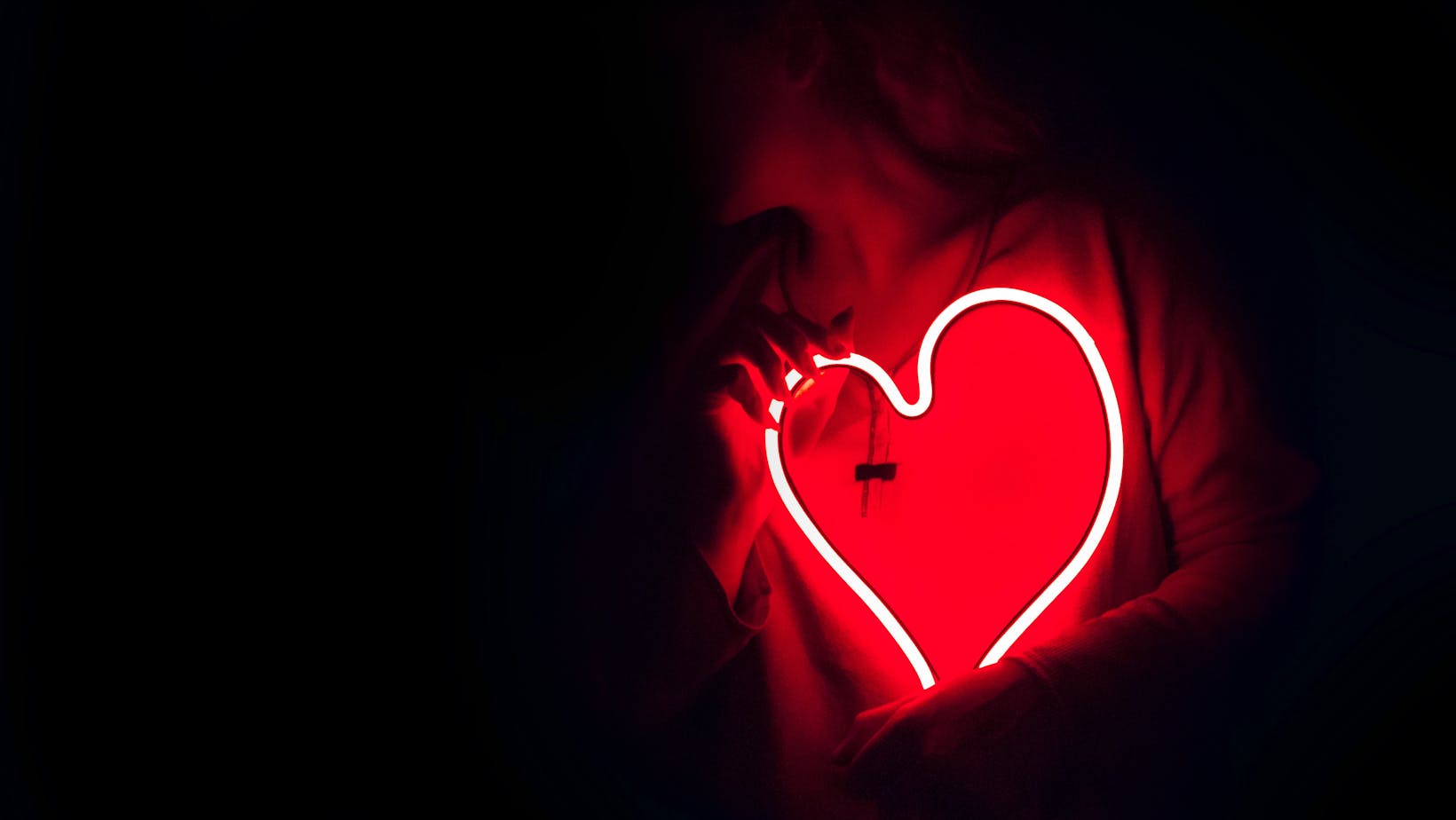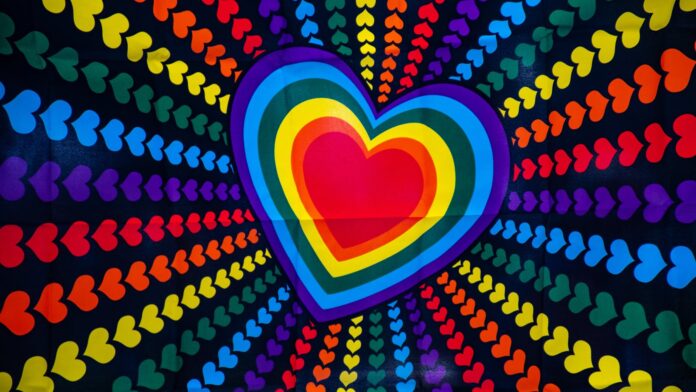Few symbols are as universally recognized or emotionally powerful as the heart shape. But have you ever stopped to wonder why this is? What’s the story behind this iconic symbol? When we stop and delve into its origins, we uncover a rich tapestry of historical, cultural, and artistic influences that have shaped the heart symbol into what it represents today.
Clipart:e6l85te0f_k= Heart

The heart shape as we know it today has an origin shrouded in mystery and intrigue. From ancient symbolism representing the seat of human emotion to its modern association with love and affection, each stage of its transformation reveals the diverse reasons why this iconic shape resonates so deeply across different cultures and eras.
The heart shape finds use in ancient civilizations, albeit with diverse interpretations. In early Roman times, it was, fascinatingly, a representation of a plant leaf. Classic literature, like that of Virgil, offers support to this interpretation, associating the heart symbol with foliage.
In ancient Cyrene, a city on the North African coast, the heart shape signified the silphium plant, a herb so valuable that it has a depiction on the city’s coinage. Ancient Egypt offers yet another perspective, associating the heart shape with the form of a human heart, which they regarded as the seat of life and morality.
Symbolic Meanings of the Heart Shape
Romantic Associations
 The heart shape plays a vital role as a universal emblem of affection and love. Originally surfacing in texts, art, and regalia within the 13th and 14th centuries, it actively represented courtship and expressed affection between individuals. For instance, Duke of Orleans, Charles, expressed his love for his wife in a letter written in prison, referring to his heart filled with love for her, thus symbolically linking the heart to romantic love. Continually, the heart has stood as a hallmark of Valentine’s Day, symbolizing a dedication to romance, reinforcing affectionate bonds, and reflecting humanity’s emotional spectrum.
The heart shape plays a vital role as a universal emblem of affection and love. Originally surfacing in texts, art, and regalia within the 13th and 14th centuries, it actively represented courtship and expressed affection between individuals. For instance, Duke of Orleans, Charles, expressed his love for his wife in a letter written in prison, referring to his heart filled with love for her, thus symbolically linking the heart to romantic love. Continually, the heart has stood as a hallmark of Valentine’s Day, symbolizing a dedication to romance, reinforcing affectionate bonds, and reflecting humanity’s emotional spectrum.
Religious and Spiritual Significance
Beyond its profuse romantic associations, the heart shape also holds deep-seated spiritual and religious implications. During medieval times, the heart gained prominence in religious artworks as a symbol of faith and loyalty. Examples of this affiliation gleam in stained glass designs and relic depictions in churches across Europe. Not solely confined to Christianity, the heart symbol extends to Buddhism, Judaism, and Islam, illustrating devotion, wisdom, and divine connection. Referring to one historical context, The Sacred Heart, a famous Roman Catholic icon, inherently bears the heart shape fused with divine flames, embodying Jesus Christ’s love for humanity.
Heart Shape in Modern Culture
Valentine’s Day Influence
 Valentine’s Day, celebrated annually on February 14, amplifies the heart shape’s symbolic relevance. The heart becomes an omnipresent motif, spotted in myriad forms—cards, decorations, candies, or jewelry. Interestingly, the tradition of exchanging heart-adorned cards on Valentine’s Day dates back to the mid-18th century, preserving the symbol’s centuries-old identity as a token of affection and sentiment. Notably, statistics reveal that over 145 million Valentine’s Day cards are exchanged each year, reinforcing the heart shape’s unique impact on this festive occasion.
Valentine’s Day, celebrated annually on February 14, amplifies the heart shape’s symbolic relevance. The heart becomes an omnipresent motif, spotted in myriad forms—cards, decorations, candies, or jewelry. Interestingly, the tradition of exchanging heart-adorned cards on Valentine’s Day dates back to the mid-18th century, preserving the symbol’s centuries-old identity as a token of affection and sentiment. Notably, statistics reveal that over 145 million Valentine’s Day cards are exchanged each year, reinforcing the heart shape’s unique impact on this festive occasion.
Pop Culture and Media
The heart shape further permeates the realms of pop culture and media. Comics, films, television shows, and advertising frequently employ the heart symbol to communicate love and emotion swiftly and universally. Furthermore, it’s embedded in technology — specifically within the digital communication space. Consider the ‘like’ button on social media platforms such as Instagram or Twitter, symbolized by a heart icon. It serves to express approval or appreciation, illustrating the heart shape’s adamant incorporation into the digital age. In the music industry, artists often use the heart motif in song lyrics or album covers, capitalizing on its widely recognized connotation of passion and sentiment.
A Timeless Emblem of Love
So there you have it. From ancient civilizations to modern technology, the heart shape’s journey is a testament to its enduring appeal. It’s more than just a simple design; it’s a universal symbol that transcends cultures and time. It’s evolved from religious art to a powerful emblem of love and emotion, celebrated every year on Valentine’s Day and embedded in our everyday lives.


